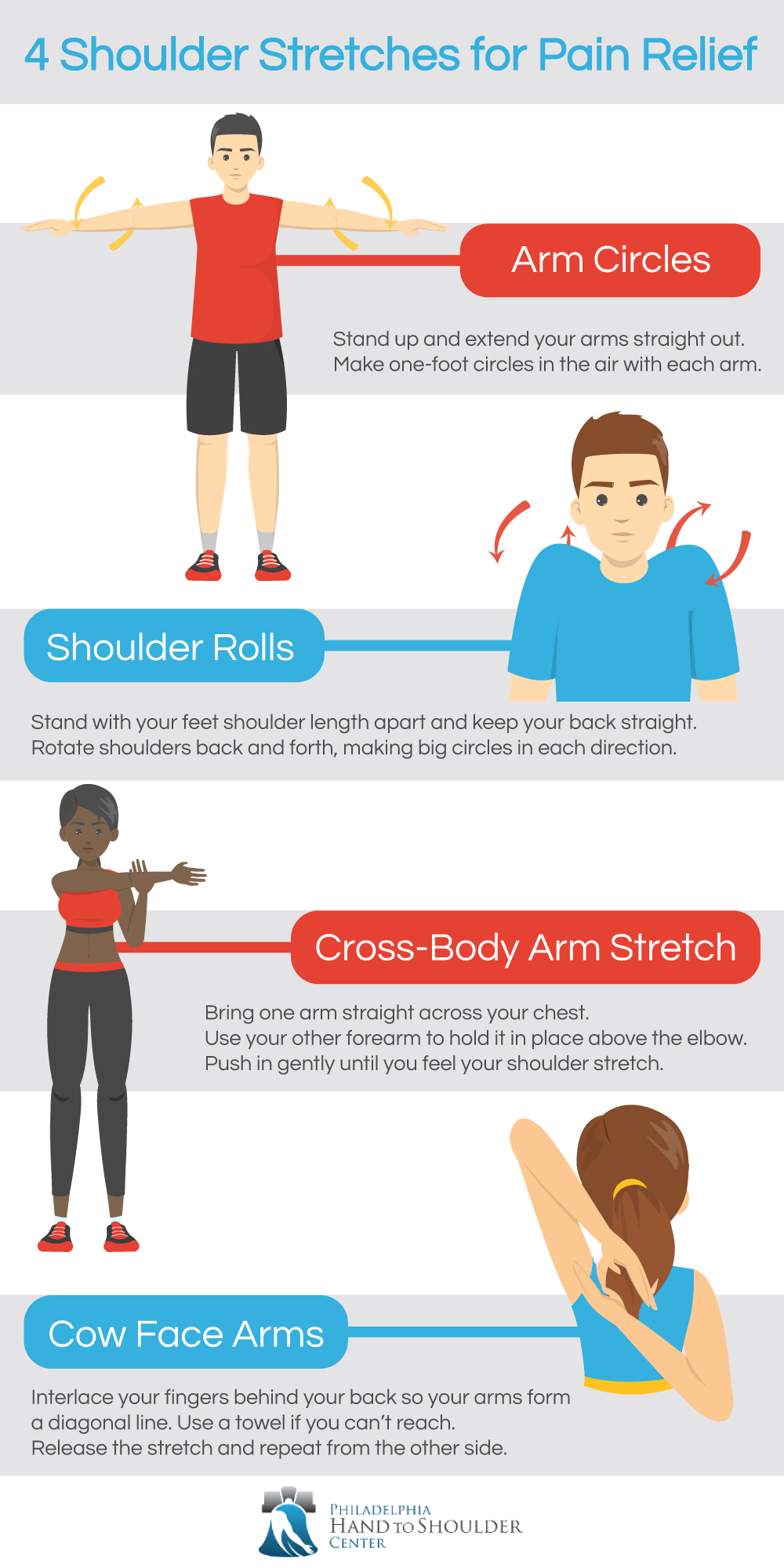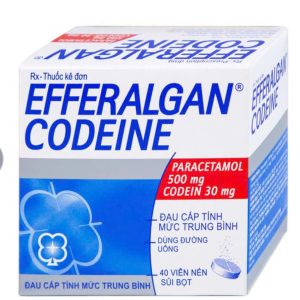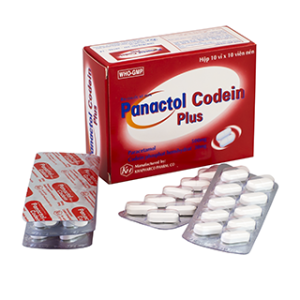We deliver to you every day from 7:00 to 23:00
The best discounts this week
Every week you can find the best discounts here.
What’s the Best Pain Relief for Shoulder Pain?
Shoulder pain is one of the most common types of discomfort experienced by people of all ages. Whether due to injury, poor posture, or underlying medical conditions, shoulder pain can significantly impact daily life. Fortunately, there are many treatment options available that can help alleviate this pain and promote healing. In this article, we’ll explore effective methods for shoulder pain relief, ranging from at-home remedies to professional treatments.

What Causes Shoulder Pain?
Shoulder pain can stem from various causes, including injury, overuse, or age-related wear and tear. Understanding the source of your pain is essential in determining the best treatment.
Common Causes of Shoulder Pain:
-
Rotator Cuff Injuries: The rotator cuff is a group of muscles and tendons that keep the shoulder joint stable. Injuries here, like tears or strains, are a frequent cause of pain.
-
Frozen Shoulder (Adhesive Capsulitis): This condition occurs when the shoulder joint becomes stiff and painful, often due to prolonged immobility.
-
Arthritis: Degeneration of the cartilage in the shoulder joint can cause chronic pain, particularly in older adults.
-
Shoulder Impingement: This occurs when the tendons or bursa in the shoulder become pinched, leading to inflammation and pain.
Symptoms to Watch For:
-
Pain that worsens with movement.
-
Limited range of motion.
-
Pain radiating down the arm.
-
Tenderness or swelling around the shoulder joint.
If shoulder pain persists or worsens, it is important to seek medical attention to determine the underlying cause.
The Best At-Home Remedies for Shoulder Pain Relief
For mild to moderate shoulder pain, several at-home treatments can be effective in providing relief. These remedies are easy to implement and can significantly reduce pain and inflammation.
1. Rest and Ice Therapy
Resting the affected shoulder and applying ice are simple yet effective treatments. Ice helps reduce inflammation, numb pain, and promote faster healing.
-
How to Use Ice: Apply an ice pack wrapped in a cloth to the shoulder for 15-20 minutes every couple of hours for the first 48 hours after the pain starts.
This treatment is particularly beneficial for injuries or acute flare-ups of shoulder pain.

2. Heat Therapy
After the initial 48 hours, heat therapy can help relax tense muscles and improve blood circulation. Using a warm compress or heating pad can alleviate chronic muscle soreness and stiffness in the shoulder.
-
How to Use Heat: Apply heat for 15-20 minutes at a time, ensuring that the temperature is comfortable, not too hot.
Be mindful not to apply heat too soon after an injury, as this could worsen inflammation.
3. Over-the-Counter Pain Medications
Non-steroidal anti-inflammatory drugs (NSAIDs), such as ibuprofen or naproxen, can help manage shoulder pain by reducing inflammation and providing pain relief.
-
When to Use: These are useful for short-term pain relief, especially after strenuous activity or an injury.
Always follow the recommended dosage and consult a doctor if you have pre-existing conditions that may interact with these medications.
4. Gentle Stretching and Exercises
Incorporating stretching and strengthening exercises into your routine can help improve mobility and prevent future pain. Focus on exercises that target the shoulder muscles, such as shoulder rolls or arm circles, and gradually increase intensity.
-
Benefits:
-
Improves flexibility and range of motion.
-
Strengthens muscles to reduce strain on the shoulder joint.
-
Helps prevent stiffness and further injury.
-
However, it is important to consult with a healthcare professional before beginning an exercise regimen to ensure the movements are safe for your condition.
When to Seek Professional Treatment for Shoulder Pain
While at-home remedies can help with mild to moderate shoulder pain, more severe or chronic pain may require professional intervention. Several healthcare providers specialize in shoulder pain treatment, offering a range of therapies for long-term relief.
1. Physical Therapy
A physical therapist can design a personalized rehabilitation program that includes exercises to improve shoulder strength, flexibility, and mobility. Physical therapy is often the first line of treatment for most shoulder pain conditions.
-
Benefits:
-
Targets the root cause of pain.
-
Improves posture and prevents recurrence of pain.
-
Safe, non-invasive treatment option.
-
Physical therapists may also incorporate manual therapy techniques to manipulate the shoulder joint and reduce discomfort.
2. Corticosteroid Injections
For individuals who experience chronic or severe shoulder pain, corticosteroid injections can provide temporary relief by reducing inflammation directly in the shoulder joint.
-
Benefits:
-
Offers fast and effective pain relief.
-
Reduces swelling and inflammation.
-
Can improve range of motion and functionality.
-
While effective, corticosteroid injections are typically used in conjunction with physical therapy and other treatments to address the root cause of the pain.
3. Surgery
In cases where shoulder pain is caused by significant damage to the rotator cuff, arthritis, or other structures, surgery may be necessary. Surgical options vary depending on the condition but can include arthroscopic surgery, joint replacement, or tendon repair.
-
Considerations:
-
Surgery is typically reserved for severe cases that do not respond to non-surgical treatments.
-
Recovery time may vary, but physical therapy is usually necessary post-surgery.
-
Consulting with an orthopedic surgeon is essential for understanding whether surgery is the best option for your condition.

Preventing Shoulder Pain
Once you’ve addressed your shoulder pain, it’s important to take steps to prevent it from recurring. By maintaining a strong, flexible shoulder, you can reduce the risk of future injuries and pain.
Tips to Prevent Shoulder Pain:
-
Improve Posture: Maintain proper posture, especially when sitting for long periods. Use ergonomic chairs and avoid slouching to reduce strain on your shoulders.
-
Avoid Repetitive Movements: If your job or hobbies involve repetitive motions (such as lifting or overhead activities), take regular breaks and alternate movements to avoid overuse injuries.
-
Strengthen the Shoulder Muscles: Incorporate strength training exercises for your shoulders, including resistance band exercises or weightlifting, to build muscle and support the shoulder joint.
-
Warm Up Before Physical Activity: Always warm up before exercise to prepare your shoulder muscles for activity and prevent strain.
Frequently Asked Questions
1. How long does it take to recover from shoulder pain?
The recovery time for shoulder pain depends on the severity of the condition. For mild pain, recovery may take a few days to a week. More severe cases, such as rotator cuff injuries or surgery, may take several weeks or even months.
2. Can I treat shoulder pain without seeing a doctor?
If the pain is mild to moderate and caused by overuse or muscle strain, home remedies such as ice, heat, and over-the-counter medications may be sufficient. However, if the pain is severe or persistent, it’s essential to consult a healthcare provider for a proper diagnosis and treatment plan.
3. Is physical therapy effective for shoulder pain?
Yes, physical therapy is highly effective in treating shoulder pain. A physical therapist will tailor a program specific to your condition, helping you regain strength, flexibility, and mobility.
4. Can I prevent shoulder pain altogether?
While not all shoulder pain can be prevented, you can reduce the risk by maintaining good posture, strengthening shoulder muscles, and avoiding repetitive strain. Regular stretching and exercise also help keep the shoulder joint healthy.
5. What should I do if my shoulder pain doesn’t improve with at-home remedies?
If your shoulder pain doesn’t improve with at-home treatments, it’s time to see a healthcare provider. A doctor can diagnose the underlying cause and recommend appropriate treatment options, including physical therapy, injections, or surgery.
Conclusion
Shoulder pain is a common condition that can be treated with a variety of approaches, ranging from simple at-home remedies to professional therapies. If you’re dealing with shoulder pain, start by trying ice therapy, heat therapy, and gentle stretching. If pain persists, seek professional treatment options such as physical therapy or corticosteroid injections. By addressing the pain early and incorporating preventive measures, you can significantly improve your shoulder health and enjoy a more active, pain-free lifestyle.











